Solar Flares from the Sun Will Threaten Global Communications for the Next Week
In the last couple of days, the sun has unleashed more than a dozen powerful solar flares, sparking global concerns about communication disruptions.
The National Oceanic and Atmospheric Administration (NOAA) has issued warnings, indicating a 65% chance that radios, aviation communication, and satellite operations could be affected this week.
NOAA's Urgent Alert
NOAA’s alert on Wednesday highlighted the potential for significant radio blackouts. Already, regions over the Pacific Ocean and other parts of the world have experienced disruptions.
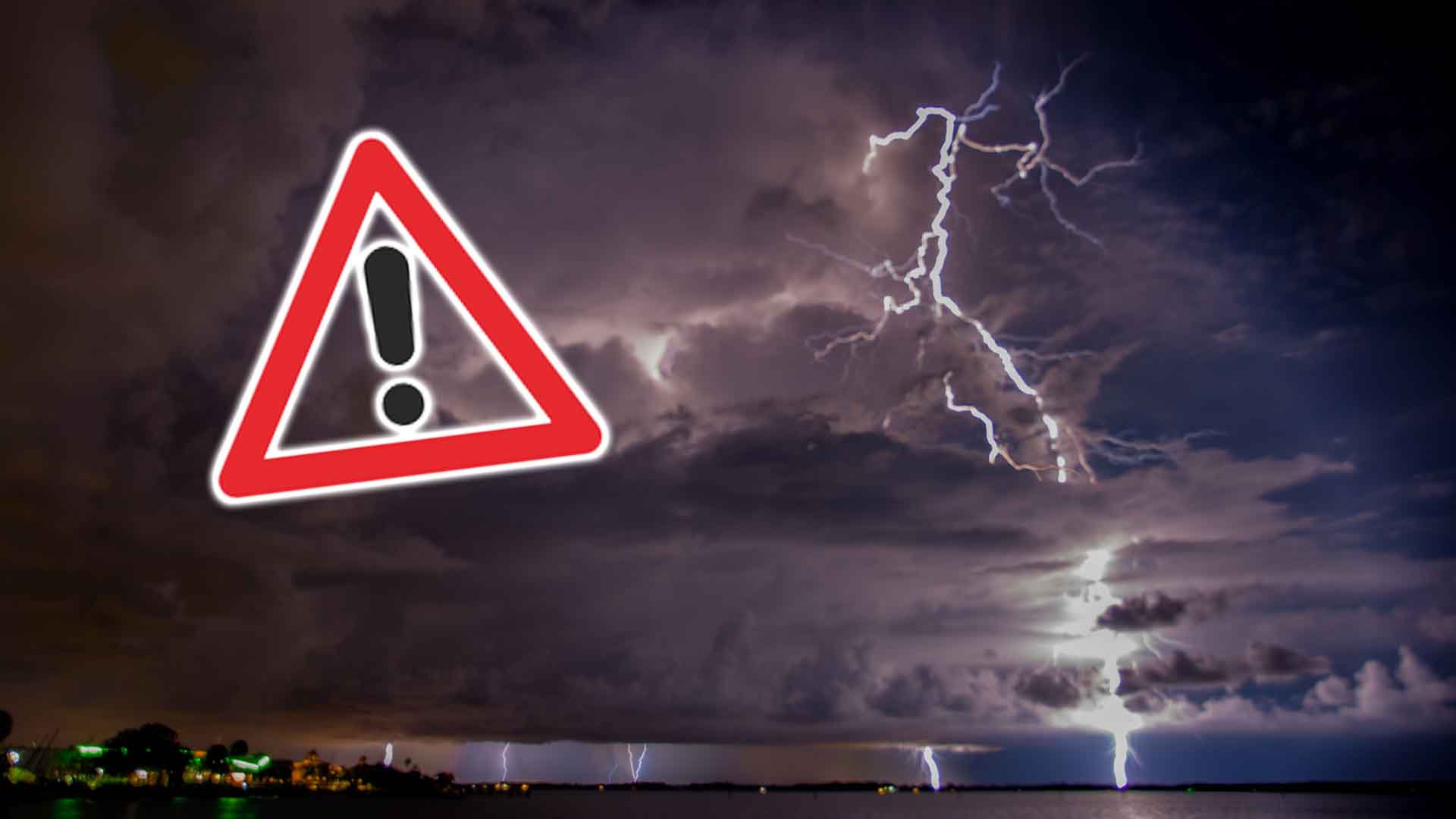
Source: Michael Seeley/Wikimedia Commons
This heightened solar activity is part of the sun’s natural cycle, but its intensity is unusual.
Understanding Solar Flares
Solar flares are bursts of electromagnetic radiation originating from sunspots. There are currently 12 active sunspots on the sun’s Earth-facing side.
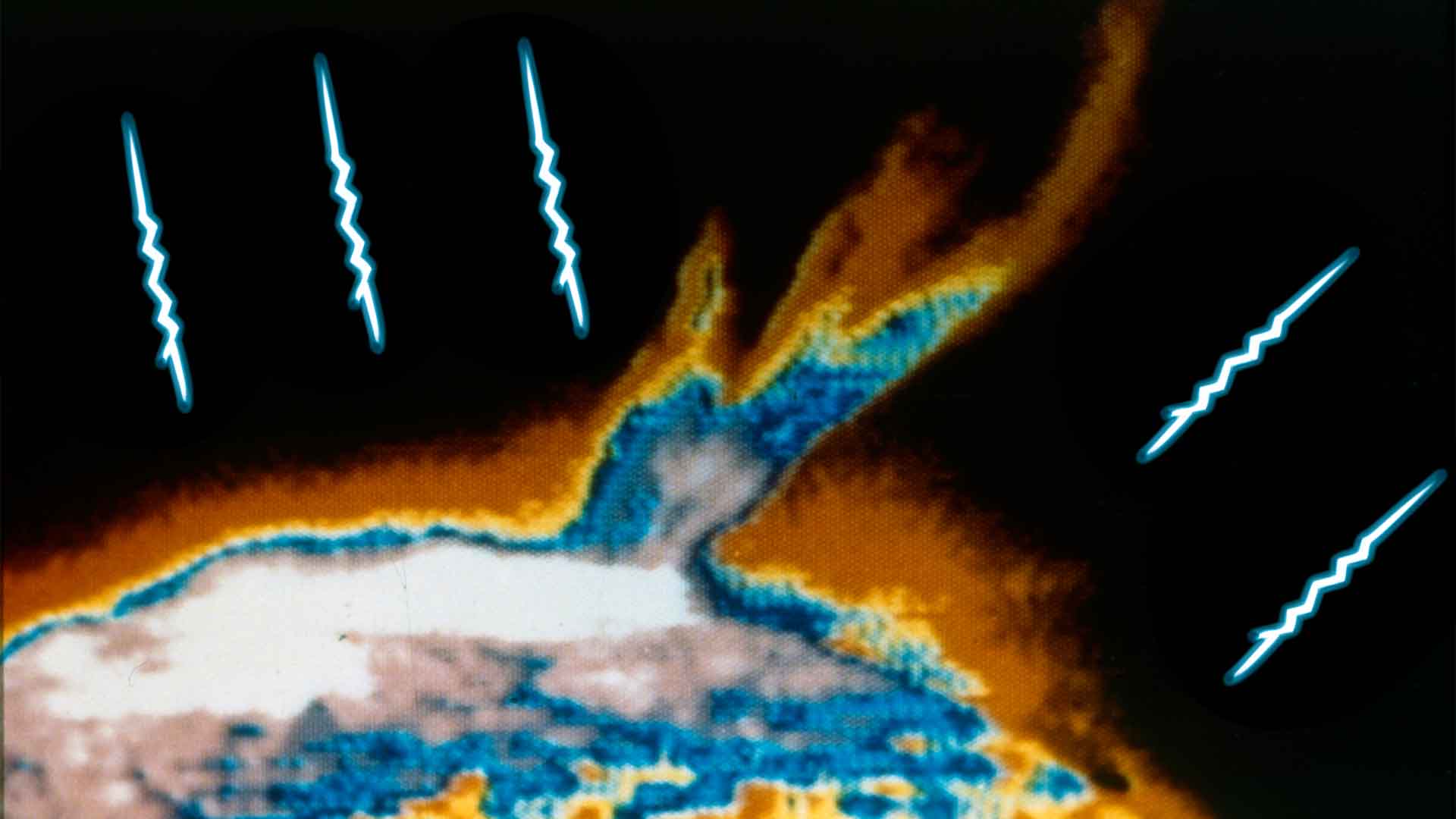
Source: Heritage Space/Heritage Images/Getty Images
These flares travel at the speed of light and can impact Earth’s communication systems depending on their eruption point.
The Classification of Solar Flares
Solar flares are categorized by their intensity, with X-class being the most potent, followed by M, C, and B.
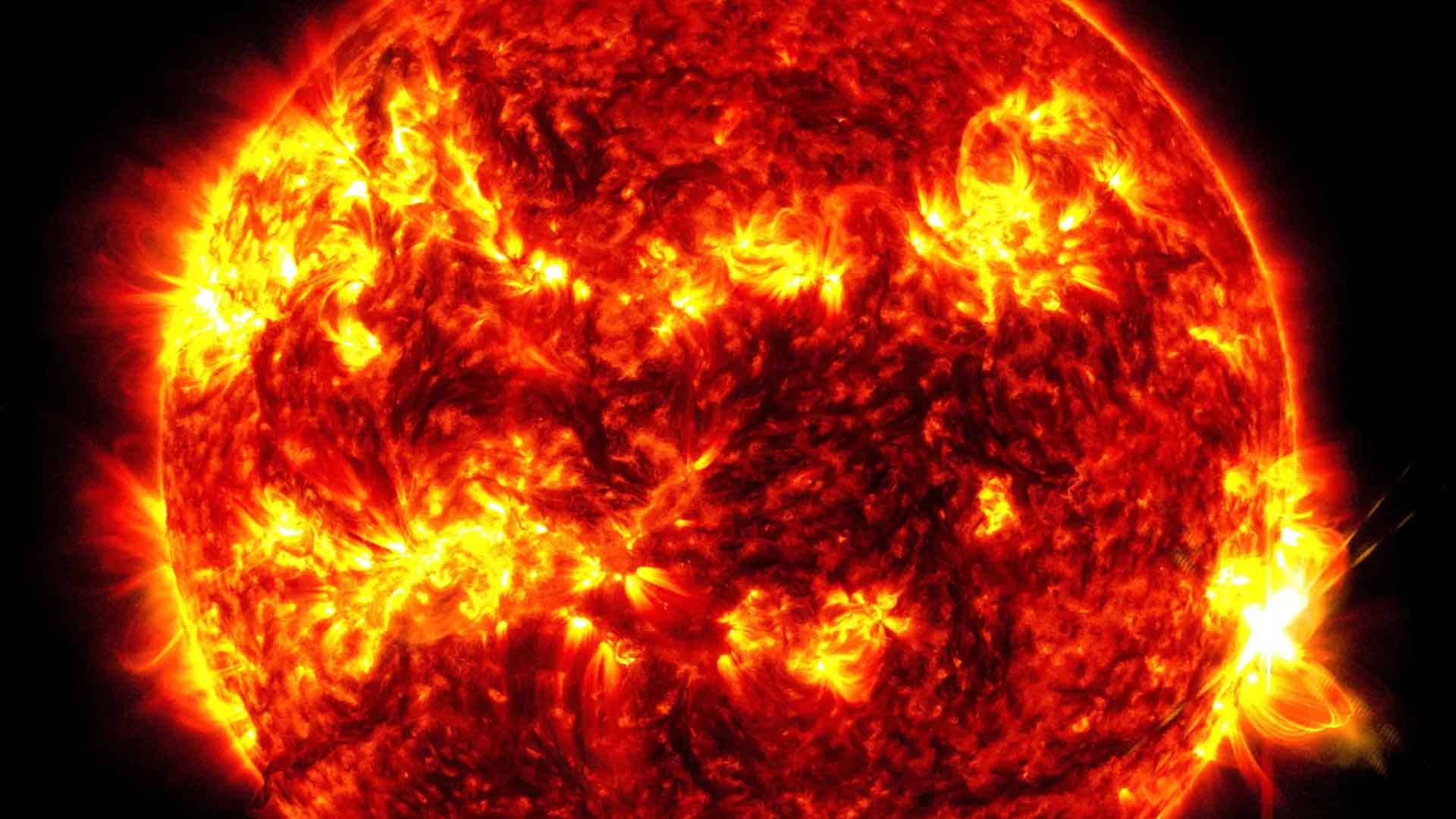
Source: NASA/SDO
Only X and M flares are powerful enough to cause communication disruptions on Earth. Recent events have seen both types of flares affecting global communications.
Expert Insights
Dean Pesnell, project scientist at NASA’s Solar Dynamics Observatory, explains, “This is the time when you get the most sunspots, and they start getting larger.”
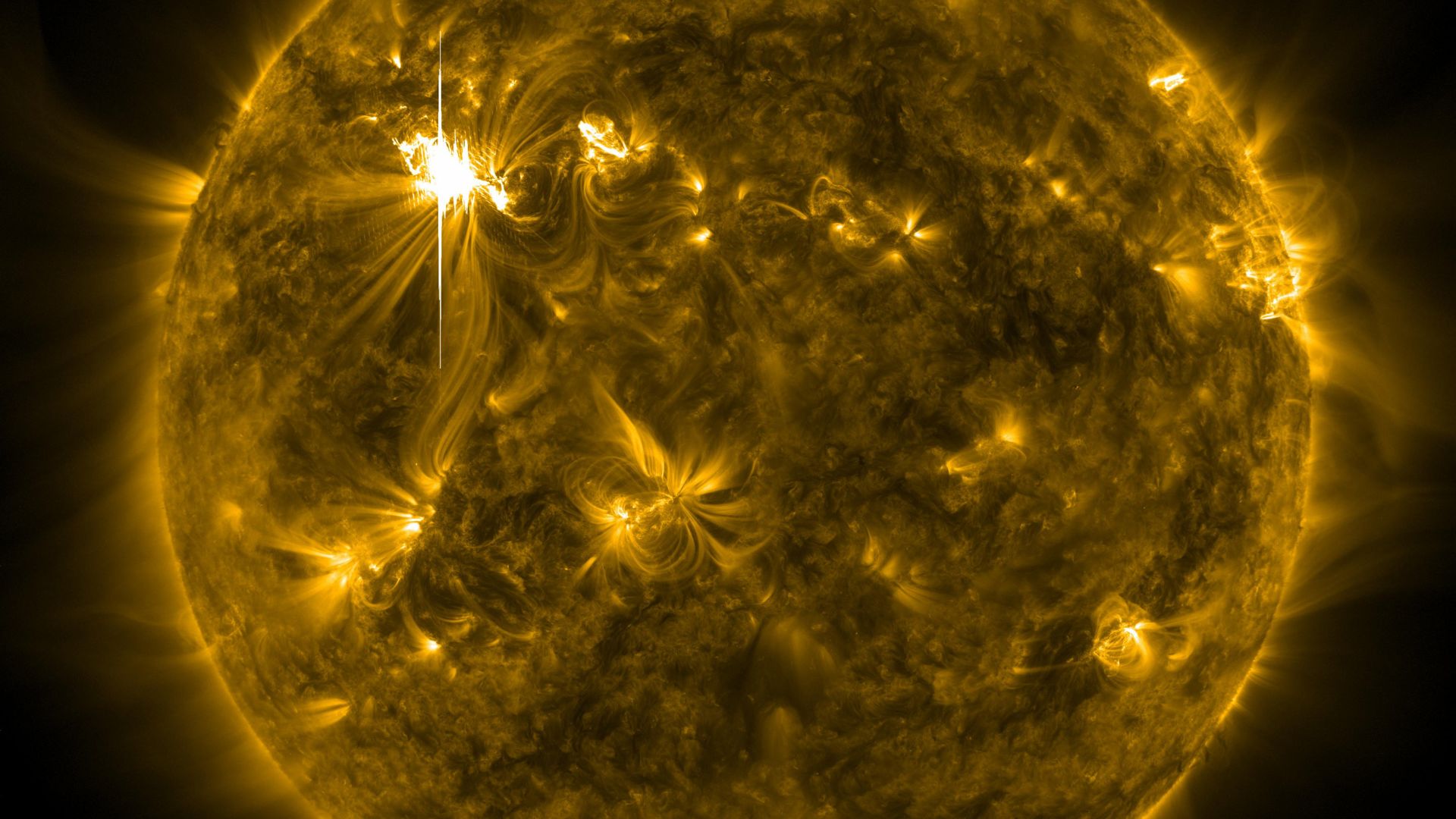
Source: NASA Goddard Space Flight Center/Wikimedia Commons
He notes that as sunspot AR3738 rotates out of view, solar activity might temporarily decrease.
The Impact of Solar Maximum
Even after this week’s activity calms down, the sun will remain at solar maximum until 2025.

Source: NASA's Scientific Visualization Studio - A. J. Christensen, Scott Wiessinger/Wikimedia Commons
This phase of the sun’s 11-year cycle is characterized by increased solar activity, meaning more sunspots and flares are expected in the coming years.
Recent Radio Blackouts
In recent days, scientists have tracked radio blackouts around the globe due to intense solar activity.
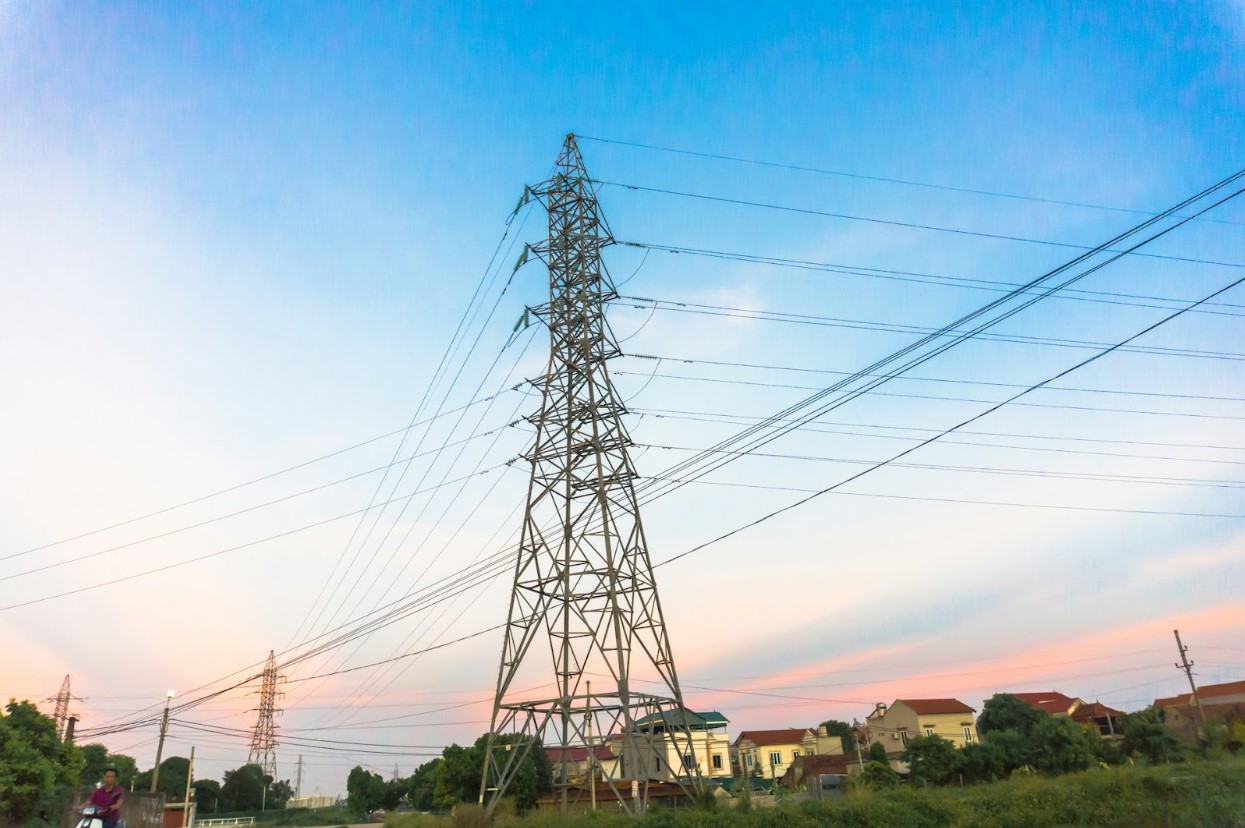
Source: Leohoho/Unsplash
The past 48 hours alone have seen the sun produce 14 solar flares, causing significant disruptions in various regions.
The Power of Sunspot AR3738
The strongest flares have come from sunspot AR3738, a massive region of strong magnetic fields on the sun’s surface.

Source: NASA's Scientific Visualization Studio - Scott Wiessinger/Wikimedia Commons
This sunspot is starting to rotate out of Earth’s view but has been highly active, contributing to the recent surge in solar flares.
The X-Class Flare of July 16, 2024
On Tuesday, July 16, 2024, at 9:26 am ET, sunspot AR3738 emitted an X-class flare, the strongest type of solar flare.
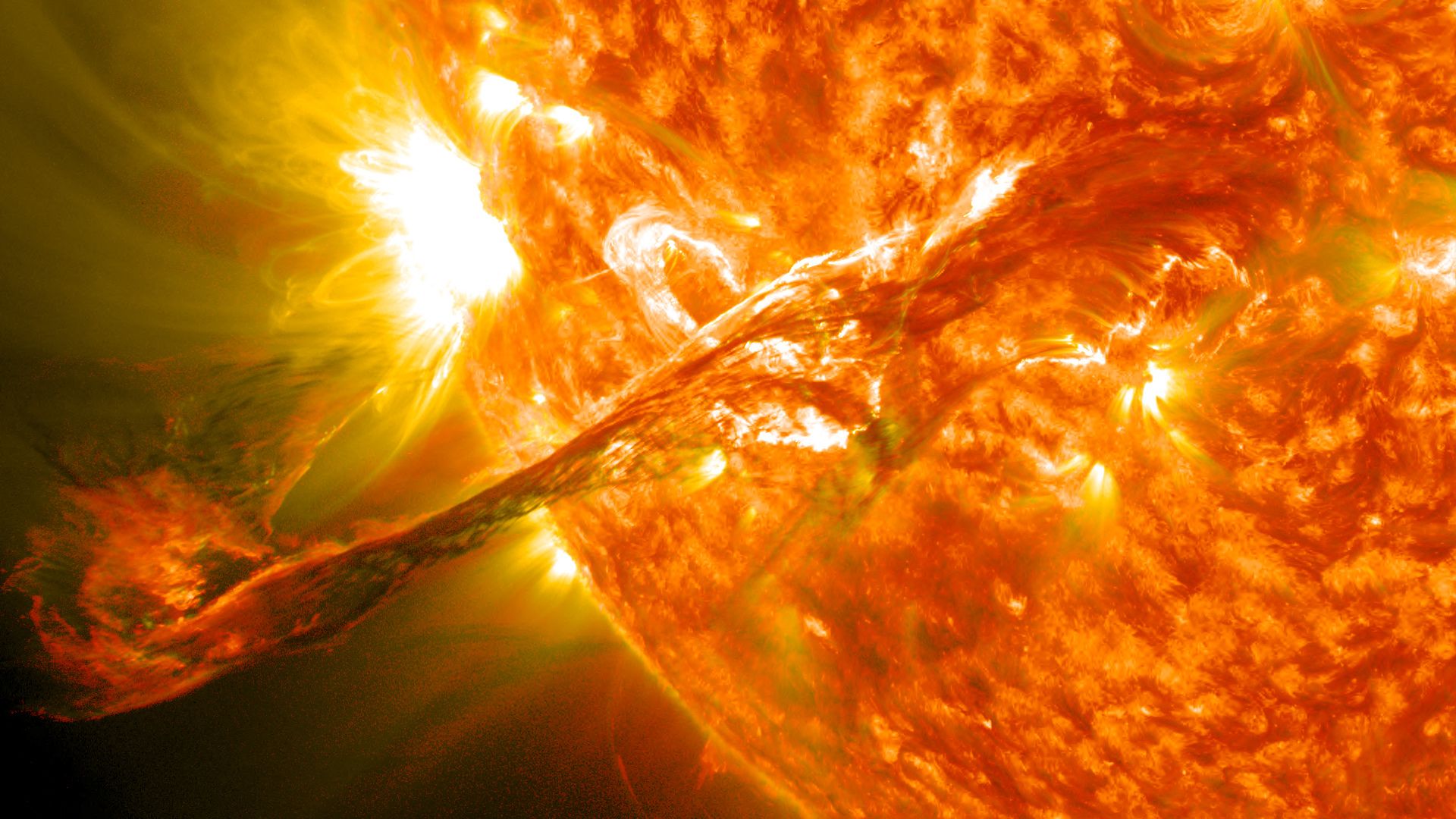
Source: NASA Goddard Space Flight Center/Wikimedia Commons
This event caused a severe radio blackout, primarily over the Atlantic Ocean, but also impacting parts of Africa, Europe, and the Americas.
Continued Solar Activity
Following the X-class flare, the sun has continued to produce weaker M and C flares.
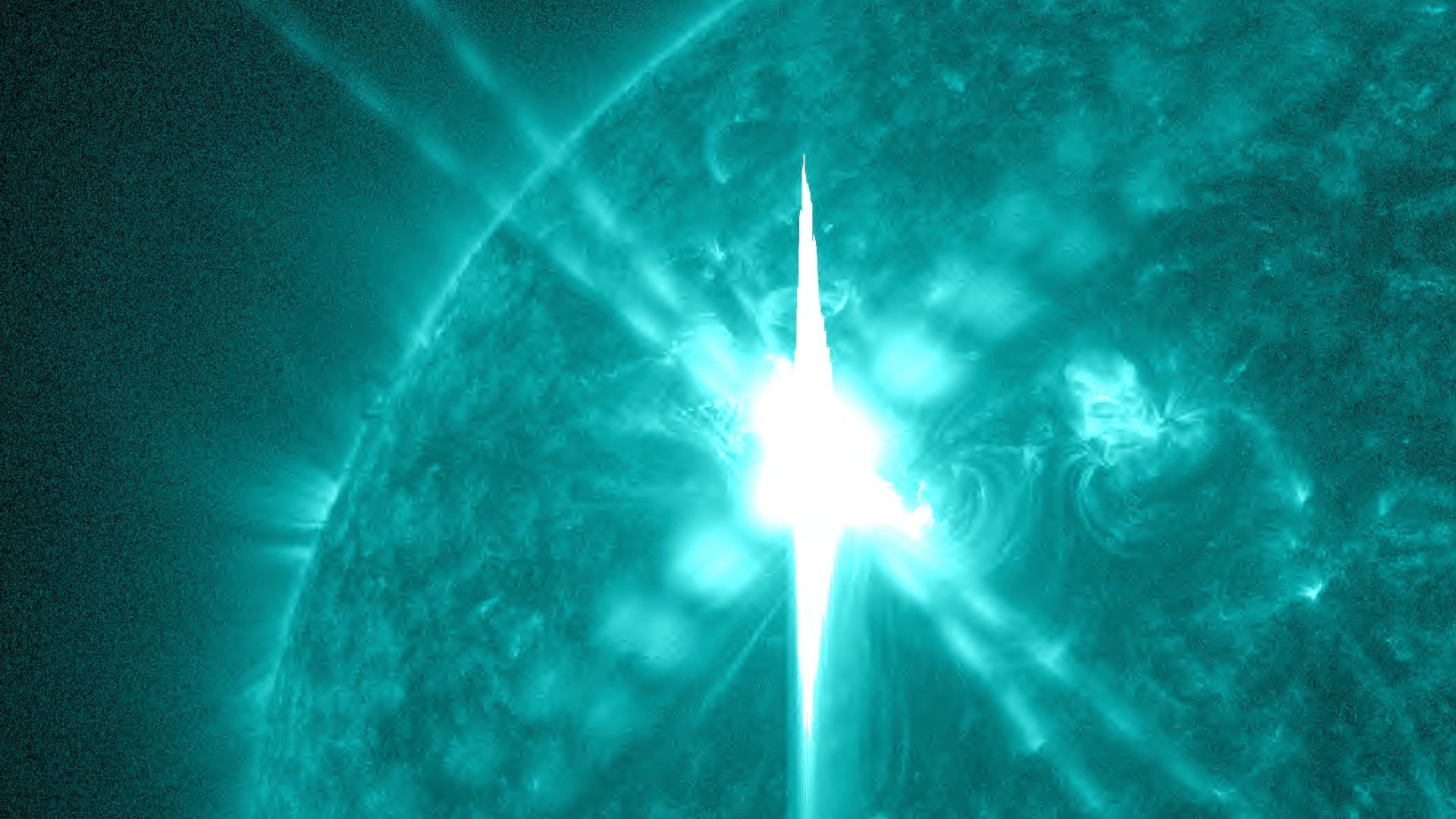
Source: NASA Goddard Space Flight Center/Wikimedia Commons
These have led to minor radio blackouts over the Pacific Ocean, Hawaii, and northern India, showcasing the sun’s ongoing volatility.
Future Flare Predictions
According to EarthSky.org, there is a 70 percent chance of more M flares and a 25 percent chance of X flares occurring in the next 24 hours.

Source: Alex Braga/Unsplash
This prediction shows the ongoing threat to global communications from solar flares.
Preparing for the Next Week
As the sun continues to emit powerful streams of energized particles, the potential for geomagnetic storms and further disruptions remains high.

Source: Wikimedia
With the sun in its solar maximum phase, we can expect an interesting week ahead, filled with potential communication challenges.
